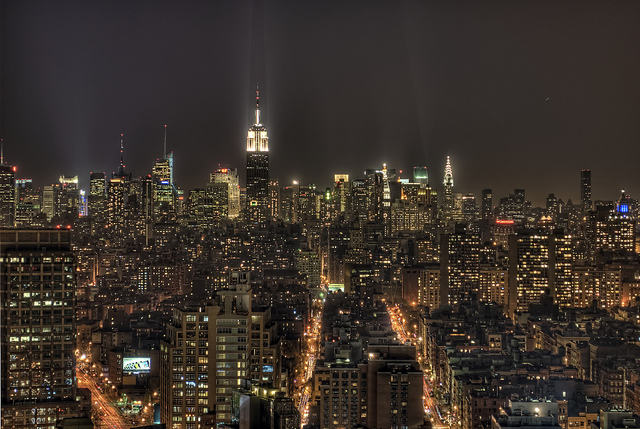Merely the question itself is bound to spark controversy: what is the most artistic city in America?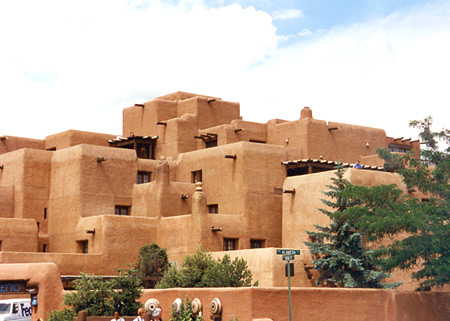 It is a difficult question, and the answer is often hard to gauge. Just what do we mean by “artistic?” And how does one measure how “artistic” a city is? Cities across America will often claim their museums are better and more unique, their shows are of superior quality, and their artistic communities are thriving. But when it comes to actually quantitatively measuring how artistic a city actually is, the answers are few and far in between. Thankfully, two writers have sought to settle the debate once and for all: which city holds the crown as the most artistic city in America? The answer might surprise you.
It is a difficult question, and the answer is often hard to gauge. Just what do we mean by “artistic?” And how does one measure how “artistic” a city is? Cities across America will often claim their museums are better and more unique, their shows are of superior quality, and their artistic communities are thriving. But when it comes to actually quantitatively measuring how artistic a city actually is, the answers are few and far in between. Thankfully, two writers have sought to settle the debate once and for all: which city holds the crown as the most artistic city in America? The answer might surprise you.
Two months ago, Richard Florida of The Atlantic sought to find which American cities had the highest concentration of artists, along with which cities had the highest concentration relative to their overall population. The data that Florida used was derived from the U.S. Census Bureau’s American Community Survey (ACS), a handy site that offers a treasure trove of data about Americans’ professions, income levels, education, and much more.
Florida, and his colleague Kevin Stolarick of the Martin Prosperity Institute, looked specifically at the number of Americans that self-identified their profession in the field of “artists and related workers.” While this is not an exact measurement of all Americans working in the arts field (some artists will naturally label themselves in a different way, and others may not have participated in the survey), it provides a good measurement of how many Americans are employed and self-employed in the arts field today. The ACS found that about 237,000 Americans identified as “artists or related workers,” with the vast majority of these individuals living in cities or metropolitan areas.
There are a couple of ways to measure how “artistic” a city is, and if you just do an overall count of the number of self-proclaimed artists in a given city, naturally, the largest metropolitan areas in the country will populate the top of the list. Listed just by population, to little surprise, New York City tops the list, followed by Los Angeles, Chicago, San Francisco and Seattle. The rest of the top 10 is comprised of other large cities/metropolitan areas known for their artistic communities: Atlanta, Washington, D.C., Philadelphia, Orange County, California, and Dallas.
If we really wanted to be specific, however, we could take a look at which areas have the highest concentration of self-identified artists relative to their overall population. The ACS is capable of producing this data, by using what Florida describes as a “location quotient,” or LQ, that takes a ratio of an area’s proportion of artists and compares it to the national average. By using this metric, we can take a look at smaller cities that have disproportionately larger artistic communities that may be somewhat of a secret at the national level.
After running the data, some surprises leap out. While larger cities that were present in the original list re-appear here, some much smaller cities make the list as well. Here is the Top 10 list of self-identified artists in the United States, relative to their overall population, in order:
1. Santa Fe, New Mexico
2. San Francisco, California
3. New York City, New York
4. Los Angeles, California
5. Santa Cruz-Watsonville, California
6. Danbury, Connecticut
7. New Bedford, Massachusetts
8. Boulder-Longmont, Colorado
9. Barnstable-Yarmouth, Massachusetts
10. Jersey City, New Jersey
Santa Fe! Not only is Santa Fe at the top of this list, its LQ score is double the score of the #2 city, San Francisco. Some of the other cities on this list, most notably Boulder, are home to universities and have a high percentage of young people living there. Another point: every city on this list except for Santa Fe and Boulder are situated on either the West Coast or the East Coast.
Santa Fe has always been home to a vibrant and proud arts scene, albeit being unknown by most Americans. The state capital of New Mexico is very proud of its arts community, as artists provide an important economic engine for the town in this tough economy: the arts community as a whole provides more than $1 billion in revenues each year and supports more than 17% of all jobs in Santa Fe County.
Every city and metropolitan area across America can certainly make their claim about why their area deserves a spot on this list. While a city may not have a high percentage of self-identified artists, they can still point to unique works of art, groundbreaking museums, or even highly ranked arts schools. This is, after all, only one metric, and there are certainly other ways to measure how “artistic” a given city is. We here at Tech in the Arts would certainly vouch for our home base of Pittsburgh (home of Andy Warhol!), and I have a soft spot for my home town of Phoenix. But by strictly this metric, and information derived from the U.S. Census and the American Community Survey, Santa Fe takes the crown for now. With the amount of change and innovation taking place in the arts community these days, especially through the use of technology and social media, this list could be completely different five to ten years from now. And the more artists that are employed and working in all of these cities, the better it is for arts lovers like us everywhere.



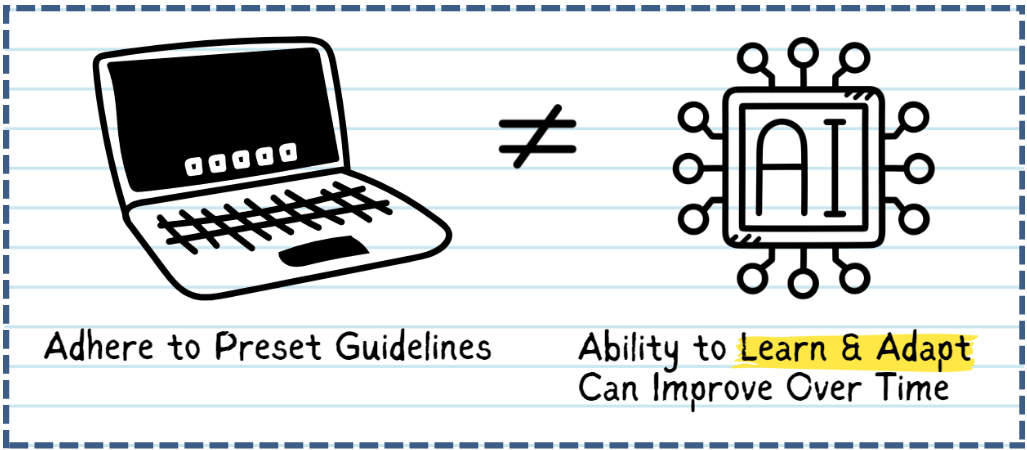



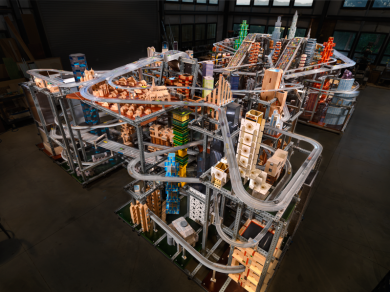
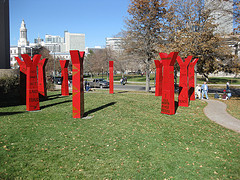

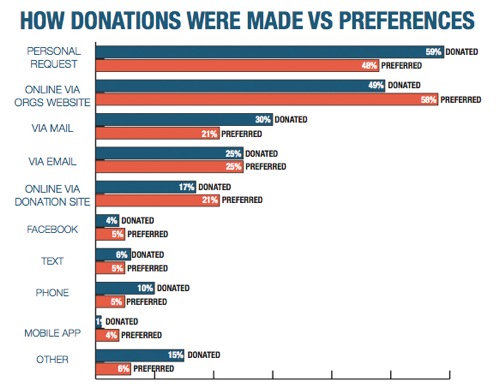
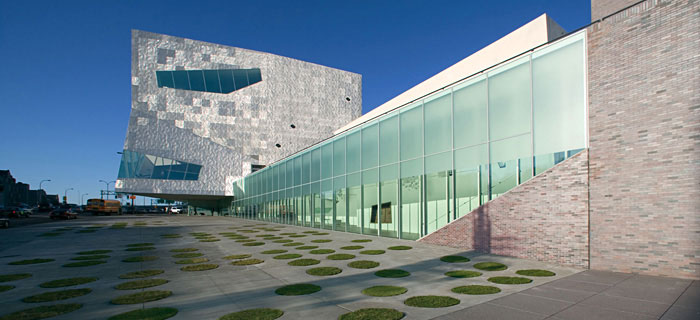
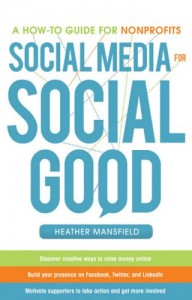


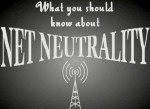
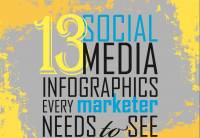 Happy Friday! What’s everyone doing this weekend? Perhaps you’re saddling up to head to Louisville for the
Happy Friday! What’s everyone doing this weekend? Perhaps you’re saddling up to head to Louisville for the 
